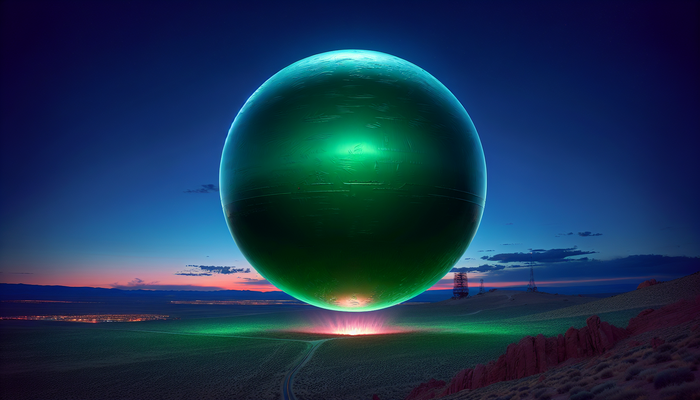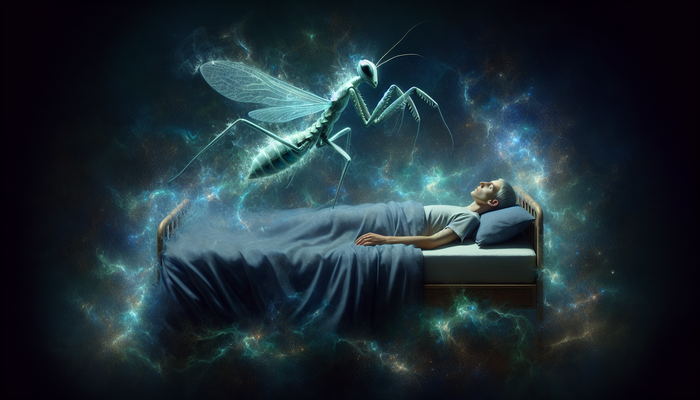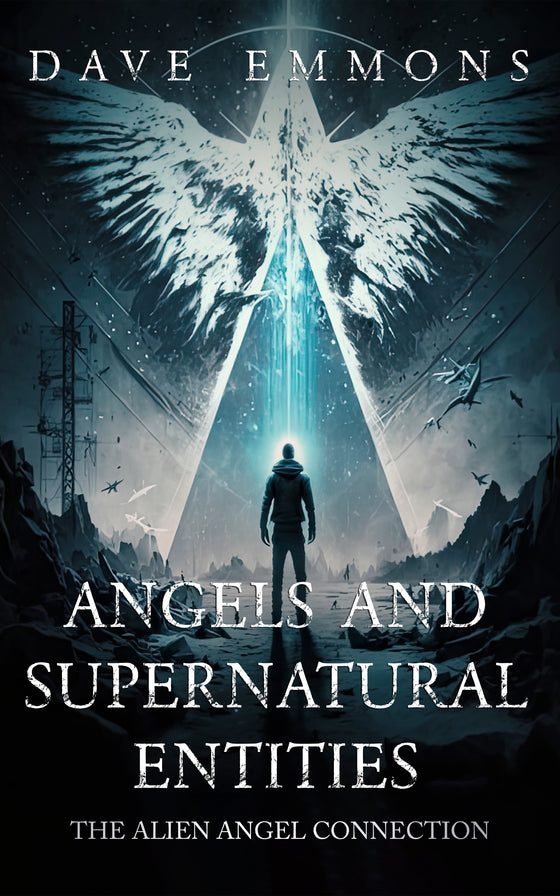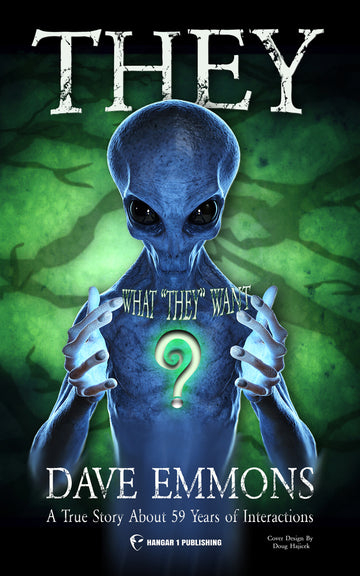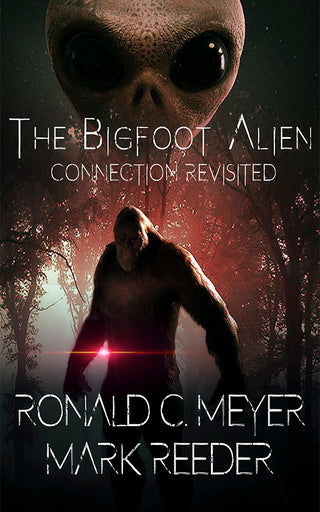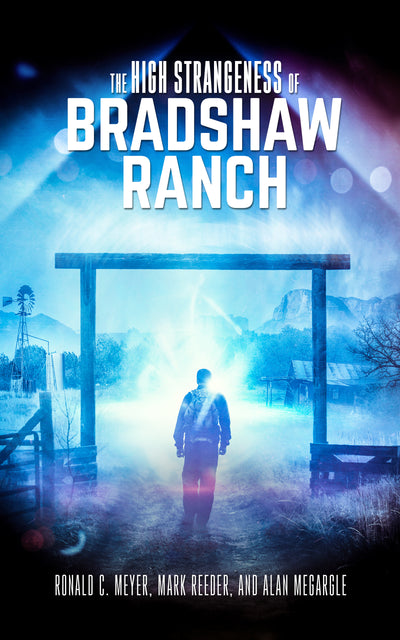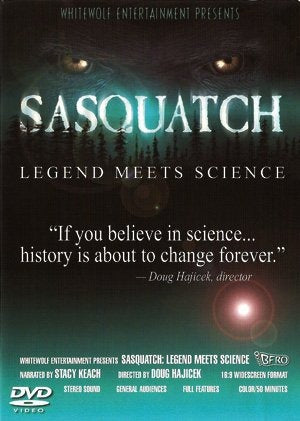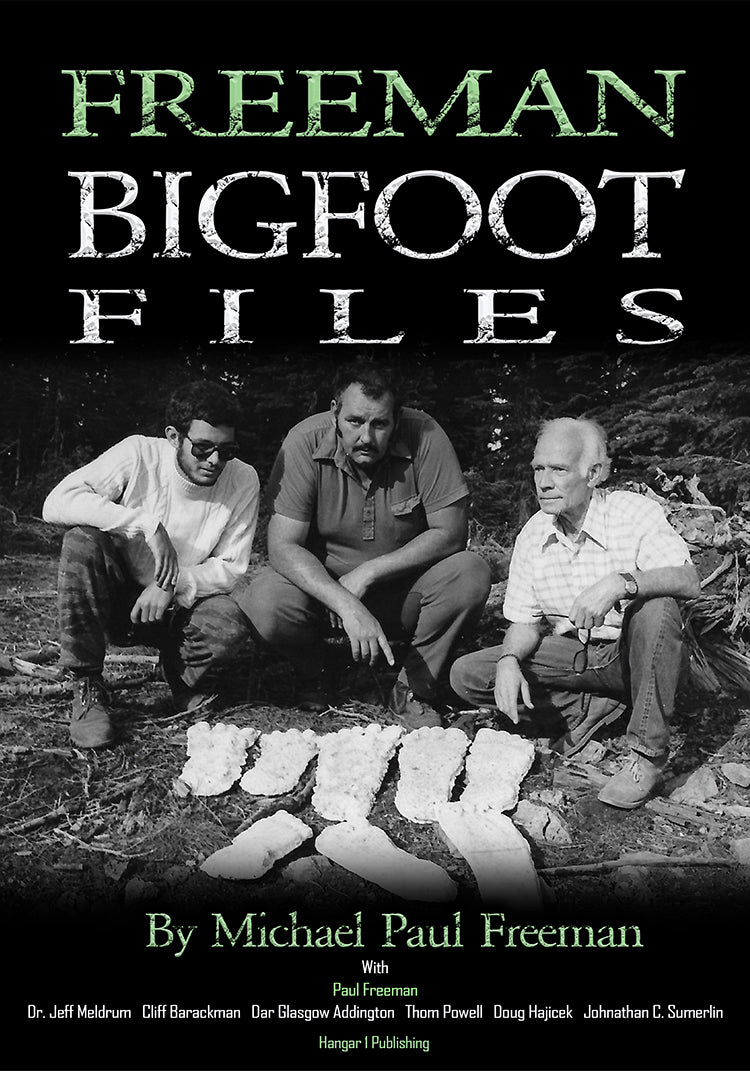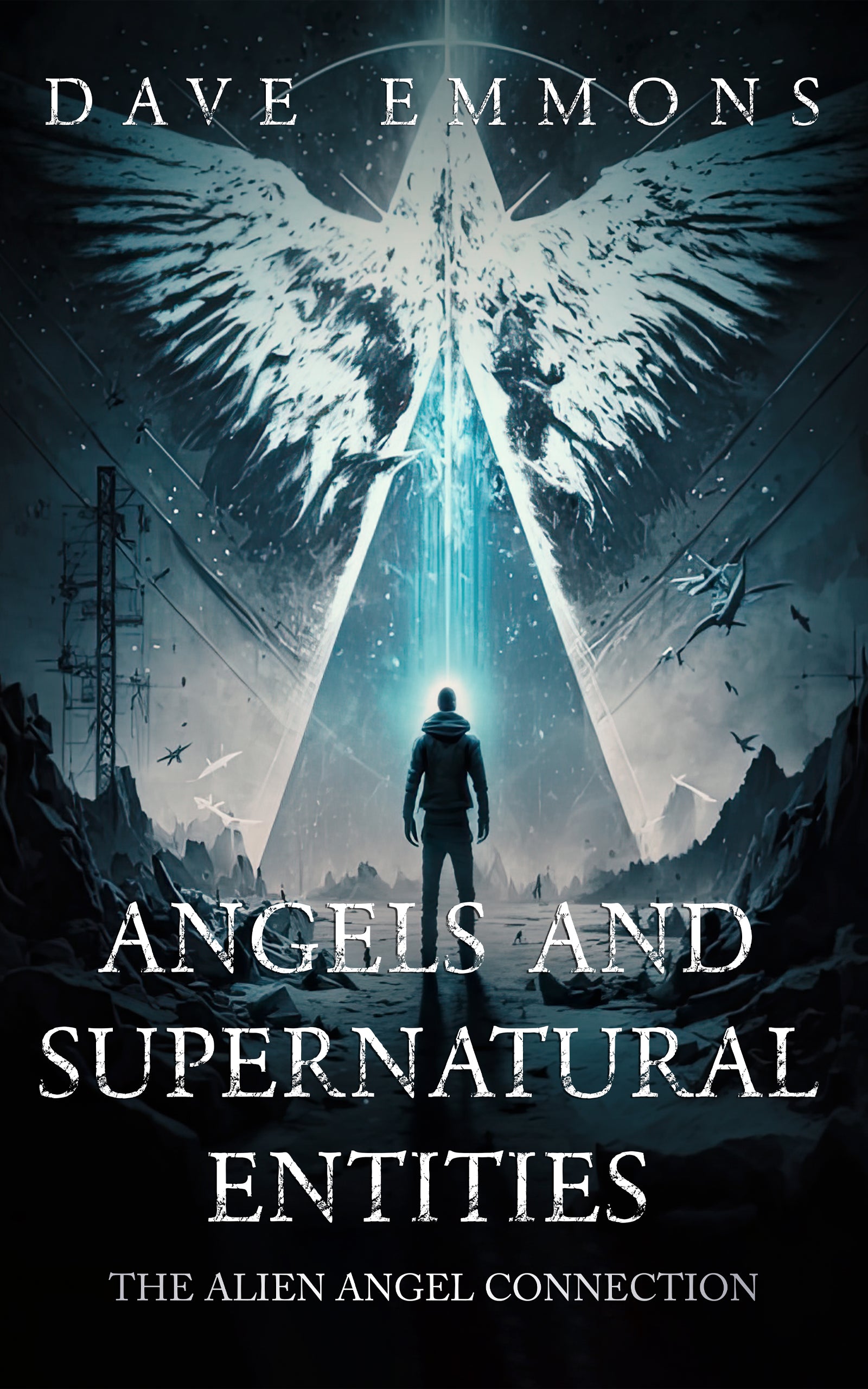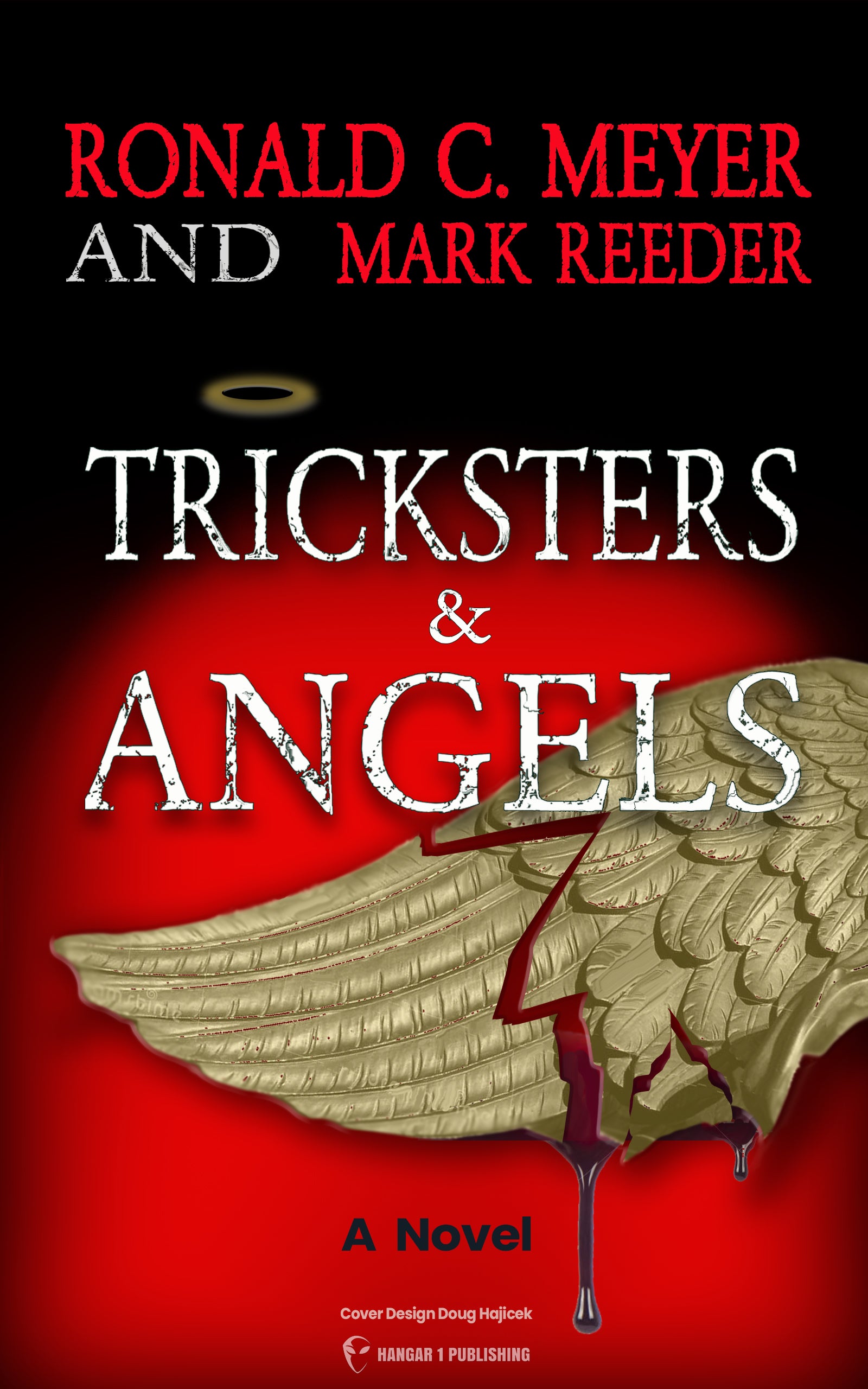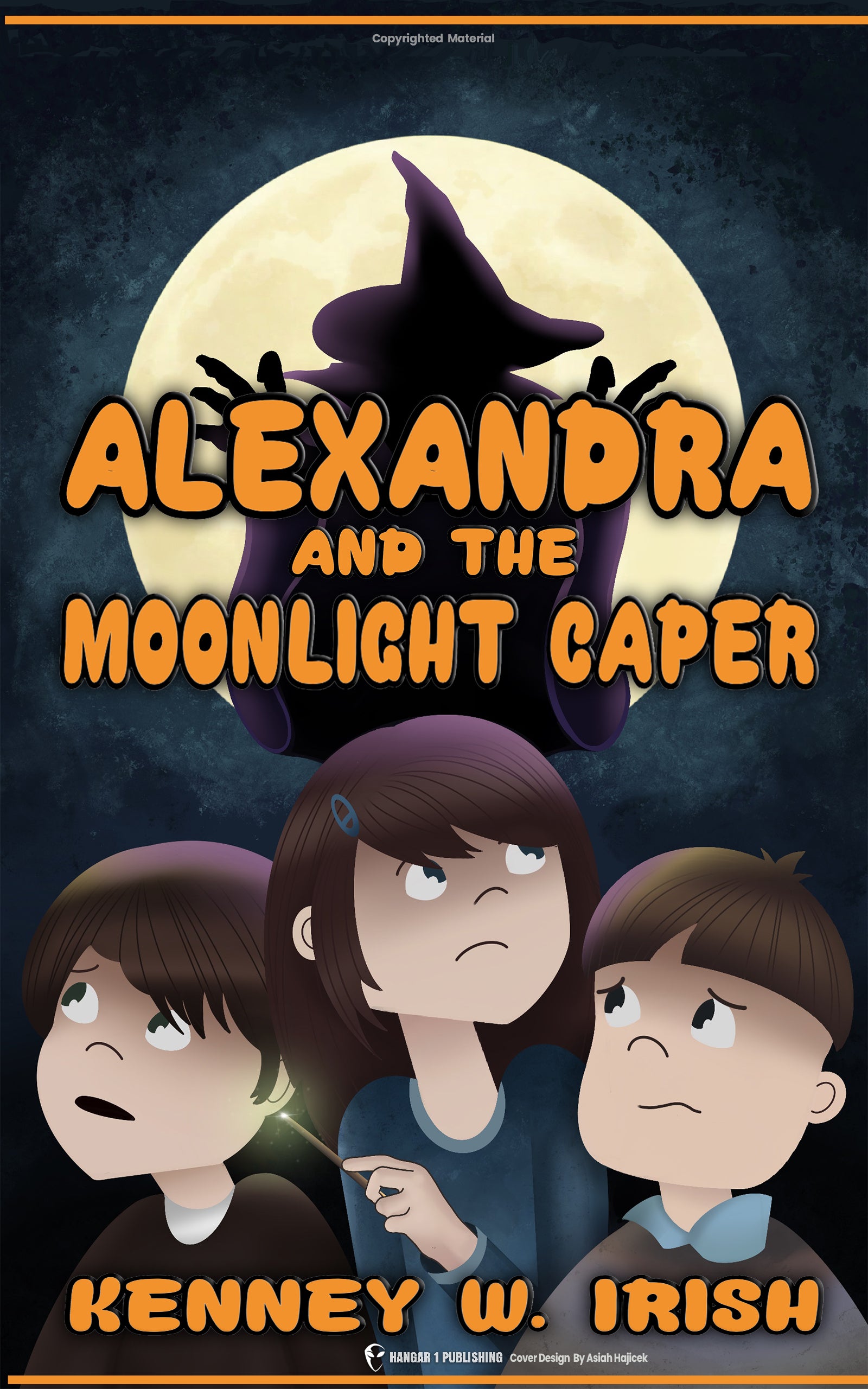Tesla and UFO Technology: Uncovering the Truth
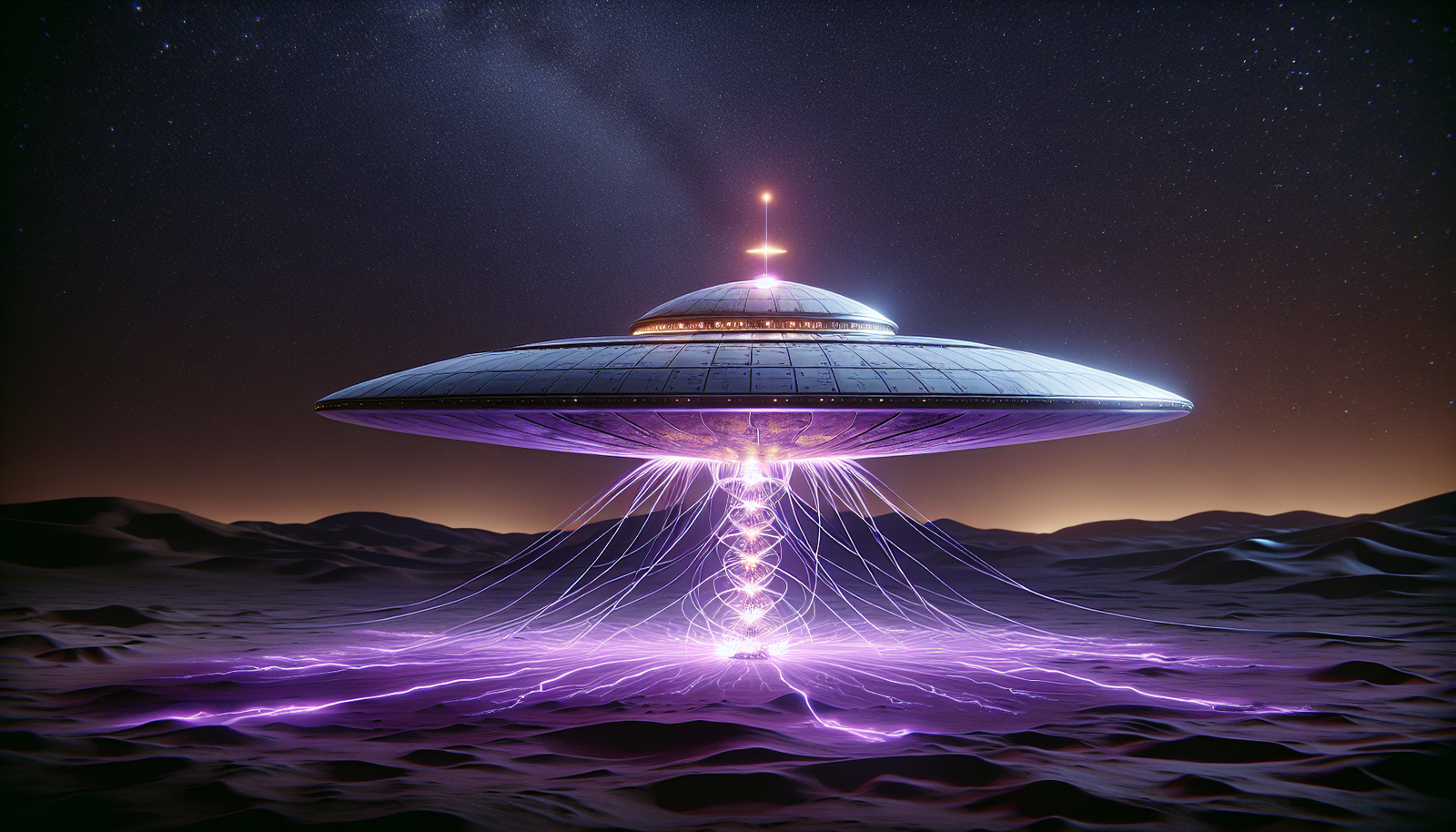
By Malcolm Blackwood, Ufologist
The flickering image of a silent, maneuvering disc against the night sky remains one of the most persistent symbols of the unknown in our modern age. Alongside it, the name Nikola Tesla evokes images of harnessed lightning and inventions that leapfrogged decades, pushing the very boundaries of known science. It’s hardly surprising, then, that these two concepts – Tesla and unidentified flying objects – are frequently mentioned in the same breath. But is this connection merely the stuff of science fiction and late-night radio shows, or is there a factual basis, rooted in documented research and historical events, that links the Serbian-American visionary, and even his modern namesake company, to technologies that defy conventional explanation?
Examining the available records, government reports, and personal accounts reveals a complex picture. It’s a narrative involving groundbreaking electrical theories, claims of interplanetary communication, persistent rumors of suppressed inventions, military secrecy, and even the strategic deployment of "alien" concepts in modern corporate branding. To understand the intersection of Tesla and UFO technology, we must look closely at both the historical figure whose genius electrified the world and the contemporary tech empire that bears his name.
Nikola Tesla: A Mind Receiving from a Higher Source?
Nikola Tesla’s contributions are monumental. Alternating current, radio, remote control, robotics, fluorescent lighting – the list reads like a blueprint for the 20th century. His capacity for invention was so profound, his ideas often so far ahead of established science, that many struggled to comprehend their source. He wasn't just iterating; he was conceptualizing entirely new paradigms, often, by his own account, visualizing complex devices in perfect detail within his mind before ever touching pen to paper.
This extraordinary ability led some, then and now, to speculate about the origins of his insights. Was he simply a genius of unparalleled magnitude, or was something else at play? Tesla himself provided fuel for such ideas. In 1899, working late one night in his Colorado Springs laboratory, he encountered something that, in his own words, "positively terrified me." Using a sensitive receiving apparatus designed to track electrical storms, he detected faint, rhythmic signals. He described them later: "Beep... Beep-Beep... Beep-Beep-Beep."
He meticulously ruled out known terrestrial sources and even solar interference. "The changes I noted were taking place periodically," he wrote, "and with such a clear suggestion of number and order that they were not traceable to any cause then known to me." The implications grew in his mind. "It was sometime afterward when the thought flashed upon my mind that the disturbances I had observed might be due to an intelligent control... The feeling is constantly growing on me that I had been the first to hear the greeting of one planet to another."
Tesla publicly shared his belief in 1901, suggesting the signals might originate from Mars or Venus, perhaps a numerical code sent across the void. The scientific establishment largely scoffed, arguing that the frequencies involved couldn't penetrate Earth's ionosphere. However, researchers decades later noted similarities between Tesla's described signals and naturally occurring kilometric radio emissions from Jupiter. Studies indicated that under specific conditions, such as periods of low sunspot activity, these extraterrestrial signals *could* indeed reach Earth's surface. This doesn't confirm Martian communication, of course, but it lends a fascinating possibility to Tesla's claim: perhaps he *did* detect something genuinely anomalous, something beyond the understanding of his time, even if his interpretation of its origin was speculative.
This incident, combined with his visionary process – the intense flashes of light, the moments of profound clarity, the near-holographic internal visualizations – fed into what some call the "Alien Intelligence" hypothesis. Proponents, particularly within ancient astronaut circles, suggest Tesla was more than human, perhaps a "receiver" tuned to an otherworldly frequency, being "fed images of inventions" by extraterrestrial intelligences. Could he have been, as some propose, an unwitting participant in a cosmic plan, an "avatar" sent to accelerate human technological progress? Tesla himself spoke of a universal "core from which we obtain knowledge, strength and inspiration," a connection he felt deeply but couldn't fully penetrate. Whether one interprets this core as a metaphysical concept or something more tangible, it underscores his sense that his ideas originated from beyond his own immediate consciousness.
Tesla's Quest for Antigravity and Field Propulsion: The Theoretical UFO
Beyond claims of receiving alien signals, Nikola Tesla's laboratory work ventured into realms that directly intersect with properties commonly attributed to UFOs: unconventional propulsion and the manipulation of gravity itself. His fascination with flight wasn't limited to improving existing aircraft; he envisioned machines capable of radical performance, powered by the ambient energy of the environment. His 1928 patent (#1,655,144) described a flying machine, a hybrid of helicopter and airplane principles, intended to harness this energy.
Underpinning these ideas was his "Dynamic Theory of Gravity." Departing from Einstein's view of curved spacetime, Tesla clung to the 19th-century concept of a "luminiferous ether" filling all space. He theorized that this ether, acted upon by a "life-giving creative force," could be thrown into "infinitesimal whirls" at near light speed, becoming ponderable matter. Conversely, when the force subsided, matter would revert to ether. Crucially, he believed a field of force within this ether accounted for gravity and inertia. "Only the existence of a Weld [field] of force can account for the motions of the bodies as observed," he asserted, dismissing other explanations as "futile and destined to oblivion."
His experiments provided intriguing, if controversial, observations. Applying high-voltage, high-frequency alternating current to parallel metal plates, he reported that the space between them took on properties of a "solid-state," exhibiting mass, inertia, and momentum. This suggested to him the possibility of exerting a direct mechanical push against the fabric of space itself, manipulating the environment for propulsion. He further explored how powerful electromagnetic waves could interact with 'empty space', potentially utilizing the magnetohydrodynamic (MHD) effect – a principle governing the motion of electrically conducting fluids in magnetic fields – to generate thrust.
These theories and observations form the bedrock for interpretations of how a "Tesla-powered UFO" might operate. Based on research notes and lectures, some researchers have pieced together a fascinating theoretical blueprint. Imagine a craft constructed with a double hull of thin, resilient ceramic – an excellent electrical insulator resistant to extreme temperatures. Bonded to the *outside* of the *inner* hull are wedge-shaped sheets of conductive metal, like copper or aluminum, tapering from the craft's rim towards the top and bottom. Crucially, these sheets are separated by narrow gaps of the insulating ceramic.
Power, perhaps from a compact nuclear reactor or fuel cell driving specialized generators, is stepped up to extremely high voltages and frequencies using capacitors and resonant Tesla transformers – one dedicated to each conductive sheet. This high-frequency energy doesn't flow *through* the metal, but *over* its surface (the Faraday or skin effect Tesla noted). This rapid electrical flow over the specially shaped plates generates a powerful, controllable electromagnetic field.
According to this model, the frequency of the electricity dictates the interaction with Earth's own electrostatic and electromagnetic fields, providing lift and drive. The visual effect? The sheets would glow, the color correlating directly with the frequency and speed: a misty red for hovering or slow descent, orange for gentle movement, yellow-orange for conventional speeds, progressing through green and blue, culminating in a brilliant white or intense violet (reminiscent of Tesla's stage demonstrations) for the highest velocities. This theoretical link between the craft's propulsion physics and its visible emissions provides a potential explanation for the often-reported colored lights associated with UFO sightings.
The design incorporates clever details for stability: the metal sheets are energized in an alternating pattern, ensuring balance. Outside Earth's magnetic influence, particle accelerators, fed by electrolyzed water or reactor byproducts, could provide propulsion by expelling high-speed particles, allowing for constant acceleration and deceleration that mimics Earth gravity, mitigating the effects of weightlessness on potential occupants during interstellar journeys. The craft's intense electromagnetic field could also explain ancillary phenomena often reported during UFO encounters: the temporary heating of nearby objects followed by intense cold (as the field polarizes air molecules, halting their motion and causing rapid expansion), the ability to fly supersonically without a sonic boom (as the field organizes air molecules passing over the hull), and the disruption of conventional electrical systems like car ignitions or radios. This blueprint, while theoretical and based on interpretations of Tesla's often-fragmentary notes, offers a remarkably detailed vision of how his principles might be applied to achieve flight characteristics associated with UFOs.
The Shadows of Secrecy: Military Interest and Missing Papers
Nikola Tesla died in January 1943, amidst the technological crucible of World War II. He had recently claimed to have perfected designs for a particle beam weapon, a "death beam" capable, he alleged, of bringing down entire aircraft fleets from hundreds of miles away. Given the wartime context and the potential strategic value of such a device, it's unsurprising that his death triggered immediate government interest.
Within hours of his body's discovery at the Hotel New Yorker, according to his nephew Sava Kosanović, items were already missing from his room, including technical papers and a black notebook marked "Government." Two days later, the Office of Alien Property (OAP) formally seized all of Tesla's belongings. The FBI's P. E. Foxworth confirmed the government was "vitally interested" in these papers.
An initial assessment was conducted by Dr. John G. Trump, an electrical engineer with the National Defense Research Committee (and uncle of the future president Donald Trump). His three-day review concluded that Tesla's thoughts in his later years "did not include new, sound, workable principles or methods" for power transmission or production. However, this assessment didn't quell interest in the beam weapon concepts.
Copies of Tesla's papers specifically related to particle beams were sent to Patterson Air Force Base in Dayton, Ohio. A highly funded, classified operation, code-named "Project Nick," was initiated under Brigadier General L. C. Craigie to test the feasibility of Tesla's concept. Project Nick's findings were never published, its existence shrouded in secrecy. Then, something deeply suspicious occurred: the copies of Tesla's beam weapon papers sent to the project vanished. Their fate remains unknown.
This disappearance fuels speculation that Tesla's ideas were far more viable than officially acknowledged and were perhaps successfully developed under layers of classification. This narrative dovetails with theories surrounding the broader field of electrogravitics – the study of interaction between electric fields and gravity. Researchers like Paul LaViolette propose that work pioneered by Tesla and others, such as T. Townsend Brown (whose early experiments with charged discs resembled flying saucers and who was reportedly inducted into the Navy during WWII), continued secretly within the military-industrial complex. According to this view, public discussion of antigravity research abruptly ceased in the 1960s following a major, classified breakthrough, moving the technology into the realm of "black projects."
Some point to advanced aerospace platforms like the USAF's B-2 Spirit bomber, suggesting its stealth capabilities and rumored performance characteristics (like alleged silent hovering) might incorporate electrogravitic principles derived from this hidden research stream. This leads to a compelling, if unsettling, hypothesis: could a significant portion of unexplained UFO sightings actually be advanced, terrestrial aircraft developed in secret, utilizing physics principles perhaps first unlocked by Tesla?
The development of modern directed-energy weapons adds another layer. Israel's "Iron Beam" laser defense system, capable of intercepting missiles with pulses of energy, bears a striking resemblance to the capabilities Tesla described for his "death ray." Could this be evidence that his plans were not only confiscated but eventually realized by governments? The official Soviet interest in Tesla's papers (those eventually released to Yugoslavia) and Premier Khrushchev's 1960 boast of a "new and fantastic weapon... in the hatching stage" further thickens the plot.
While highly controversial and widely dismissed by mainstream science as a hoax or urban legend, the "Philadelphia Experiment" also finds its way into this narrative. The story alleges that in 1943, the U.S. Navy, possibly with input from Tesla and Einstein, attempted to render the destroyer escort USS Eldridge invisible using powerful electromagnetic fields generated by Tesla coils, resulting in the ship temporarily disappearing and even teleporting, with horrific consequences for some crew members. Regardless of its veracity, the story's persistence highlights the association of Tesla's name with the most radical, reality-bending technological possibilities imaginable, often linked to secret military endeavors. The combination of missing papers, classified projects, and the emergence of technologies echoing his concepts creates a fertile ground for theories of suppressed or stolen inventions.
Connecting the Dots: Tesla's Principles and Potential Reality
Looking beyond the narratives of alien contact and government secrecy, Tesla's core scientific principles offer intriguing possibilities. His famous dictum, "If you wish to understand the universe, think of energy, frequency and vibration," resonates with concepts in modern physics. Some researchers see parallels between his ideas about the ether and universal energy fields and contemporary explorations of zero-point energy – the quantum vacuum fluctuations pervading empty space. Could harnessing this energy, manipulating frequencies and vibrations as Tesla envisioned, be the key to unlocking advanced propulsion or gravity control?
His reported obsession with the numbers three, six, and nine, which he considered keys to the universe, is also cited. Some connect this to patterns found in nature (like the hexagonal structure of honeycombs) and ancient architecture (the layout of the Giza pyramids), suggesting Tesla might have tapped into a fundamental, perhaps numerological, understanding of reality that influenced his inventions.
While separating verifiable science from speculative interpretation is crucial, Tesla's documented work undeniably pushed towards manipulating fundamental forces. His research into high-frequency, high-voltage electromagnetism, his observations of its effects on space, and his theories on gravity provide a scientific, albeit unconventional, framework that aligns surprisingly well with the *reported characteristics* of unidentified aerial phenomena – extreme maneuverability, silent operation, rapid acceleration, and electromagnetic interference. Whether these phenomena represent terrestrial black projects derived from his ideas, technologies from elsewhere, or something else entirely remains unknown. But the potential connection rooted in his own research is undeniable, even if his most radical concepts were dismissed, suppressed, or simply too far ahead of their time to be fully realized or understood.
Elon Musk's Tesla: The Modern Narrative of "Alien Technology"
Fast forward to the 21st century, and the name Tesla is synonymous with electric vehicles and the ambitious vision of Elon Musk. While Musk's company adopted the inventor's name to honor his legacy in electrical engineering, the connection to "UFO technology" takes a distinctly modern, often playful, and strategically calculated form.
Musk himself frequently invokes concepts of "alien technology" when discussing the achievements of Tesla and his aerospace company, SpaceX. In a 2021 tweet discussing Tesla's Full Self-Driving (FSD) software, he quipped that its advanced predictive capabilities meant, "In principle, even if a UFO crashed on the road right in front of you, it would still avoid the debris." He followed up with a tongue-in-cheek, "I’m not saying there are UFOs… but there are UFOs." This is classic Musk: leveraging the public's fascination with the unknown to highlight the sophistication of his technology, wrapped in layers of meme culture and irony.
This isn't an isolated incident. Documents reveal a pattern of Musk describing his companies' innovations using extraterrestrial superlatives. He referred to a developmental Tesla powertrain as "mind blowing... like alien technology, it's insane." The planned performance of the Tesla Roadster with SpaceX thrusters? "Alien technology works!" SpaceX itself? "Alien-level technology." This consistent framing serves a clear branding purpose: positioning Tesla and SpaceX not just as innovators, but as creators of technology so advanced it appears otherworldly, pushing the boundaries of what's considered possible.
Intriguingly, this narrative exists alongside Musk's public statements expressing skepticism about actual alien visitation. He has pointed to the lack of clear photographic evidence despite improving camera resolutions and noted that SpaceX's vast Starlink satellite constellation has never had to maneuver around a UFO. This apparent contradiction – simultaneously hyping "alien tech" while dismissing evidence for actual aliens – has been described by some analysts as a form of "permanent improvisation," a strategy where claims can be portrayed as serious or as jokes depending on the context, maintaining attention while deflecting accountability. There's even speculation, documented in some research, that Musk's occasional hints about classified programs might blur the lines between promoting consumer products and referencing restricted aerospace capabilities, potentially attracting unwanted scrutiny.
Perhaps the most tangible intersection of the modern Tesla and UFO lore is the company's plan to build a themed Supercharger station in Roswell, New Mexico. Famous for the alleged 1947 crash of a "flying disc," Roswell is ground zero for American UFO mythology. Tesla's Head of Charging for North America, Max de Zegher, confirmed the design will be inspired by these events, aiming to create a charging location "cool enough to be worth of the trip itself." Leaked renderings show a "CyberCanopy" structure housing the chargers, its design blending the angular aesthetics of the Cybertruck with the iconic shape of a flying saucer, complete with RGB lighting and pixelated constellations projected underneath. This initiative explicitly embraces extraterrestrial folklore, turning a piece of mundane infrastructure into a roadside attraction, a destination that merges technology, popular culture, and the enduring allure of the unknown.
While not involving flying craft, the development of the Tesla Optimus humanoid robot also touches on themes of the "alien." Discussions about fleets of these robots potentially becoming the "first inhabitants of Mars," establishing infrastructure before humans arrive, evoke images of creating a new, non-human presence on another world – perhaps even "man-made aliens."
Unanswered Questions and the Enduring Mystery
The threads connecting Tesla – both the man and the company – to the concept of UFO technology are numerous and varied. For Nikola Tesla, we have his own documented claims of receiving mysterious signals, his visionary process, and his undeniably advanced research into electromagnetism and field propulsion, interpreted by some as a pathway to antigravity. Layered upon this are the persistent questions surrounding his missing papers and the potential suppression or secret development of his most radical ideas by military powers. His story stands as a testament to a mind operating on the fringes of scientific understanding, leaving a legacy ripe for speculation.
For Elon Musk's Tesla, the connection is more symbolic and strategic. It involves leveraging the cultural weight of "alien technology" for branding, creating themed experiences like the Roswell Supercharger that tap into UFO folklore, and pursuing technological ambitions that push towards a future that might seem science fictional today.
While direct evidence linking Nikola Tesla's work to actual recovered alien craft remains firmly in the realm of speculation and fringe theories, the possibility that his research unlocked principles later applied to classified terrestrial aerospace projects cannot be so easily dismissed, especially given the documented disappearance of key papers. The theoretical blueprints derived from his work offer a compelling, physics-based (albeit unconventional) model for achieving the kinds of performance attributed to UAPs.
Ultimately, the intersection of Tesla and UFO technology remains a landscape of intriguing possibilities, unanswered questions, and powerful narratives. The gulf between Nikola Tesla's most ambitious visions and our current public knowledge persists. What exactly was contained in his missing papers? To what extent has humanity secretly realized technologies that mimic the capabilities of the craft reported in UAP sightings? As governments slowly become more transparent about UAP investigations and technology continues its relentless advance, perhaps we will eventually discover just how far Tesla's "otherworldly" insights truly reached.
From Bigfoot to UFOs: Hangar 1 Publishing Has You Covered!
Explore Untold Stories: Venture into the world of UFOs, cryptids, Bigfoot, and beyond. Every story is a journey into the extraordinary.
Immersive Book Technology: Experience real videos, sights, and sounds within our books. Its not just reading; its an adventure.



